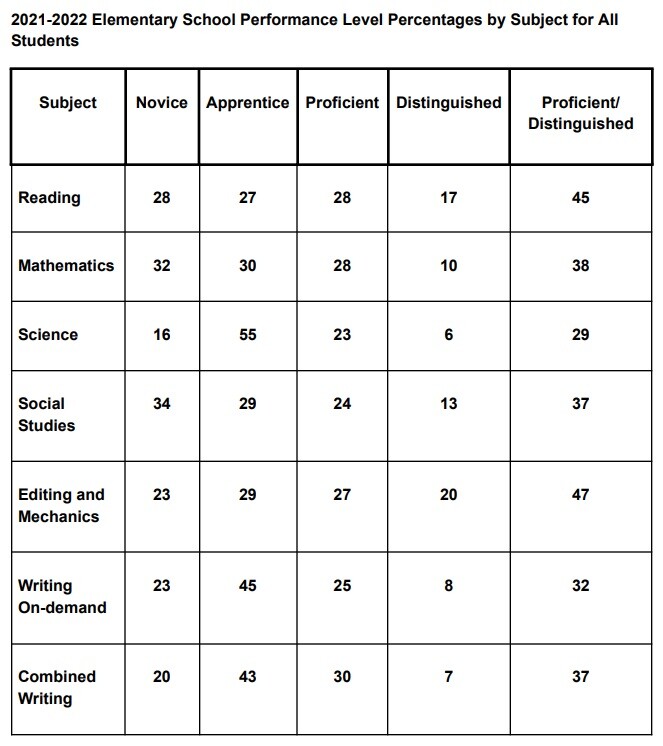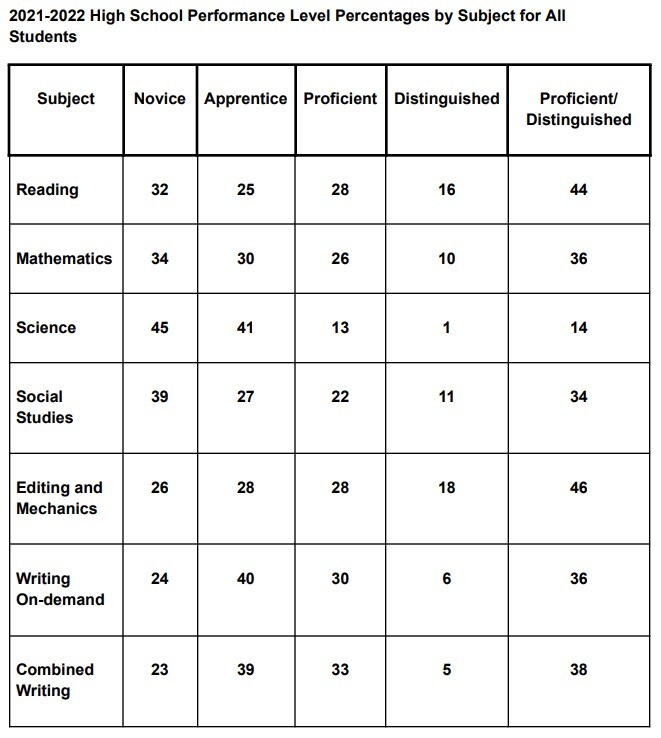(LEX 18) — The Kentucky Department of Education (KDE) has released annual School Report Card data from the 2021-2022 academic year.
Background:
The most recent data highlights assessments from more than 383,000 students in grades 3-8 and 10-11 during the spring of 2022. Accountability and federal statuses – such as Comprehensive School Improvement and Targeted School Improvement – are being reported for the first time since 2019.
Education Commissioner Jason Glass says the COVID-19 pandemic had a "profound impact" on Kentucky students over the past two years and said the assessment results will serve as the baseline for moving forward. He also said the state's results are consistent with what other states are experiencing.
"There will be no quick fix for the challenges our students endured during the pandemic," he said. "It will take time and resources."
The state received more than $2 billion in federal funding through the American Rescue Plan (ARP) Act to help provide additional support to districts and students who need it the most.
KDE says this year's report can't be directly compared to previous years due to "significant changes" in the assessment and accountability systems. This year's report card features the state's new color-coded accountability system, which was previously a 5-star system. Schools will follow the color-coded rating at each level (elementary, middle, high) ranging from red (lowest) to blue (highest). Districts and the state receive a separate color-coded rating for each level of schools (elementary, middle, high).
Academic Performance/Assessment Results:
In spring 2022, Kentucky schools administered state tests called the Kentucky Summative Assessment (KSA) for the first time. KDE says the tests, aligned with the Kentucky Academic Standards, were developed by Kentucky teachers and are one of several strategies they use to evaluate schools.
"It is important to remember that in any year, a single test score does not provide a complete or precise measure of student achievement," the department said in a news release. "Families are encouraged to consider their student's results within the context of the variety of potential learning disruptions they may have encountered."
Families will receive an individual student report from their child's school district that details their performance on the KSA. They can also keep up with the day-to-day performance of their students using the Infinite Campus mobile app or web portal.
The tables below contain the percentage of students performing at each performance level on KSA tests. KDE says the goal is to move all students to a higher performance category and ultimately to the proficient performance level or above. Student performance on these tests serves as the basis for several indicators in Kentucky's accountability system.
Additional state data, including all indicators and breakdowns by student group for each subject and performance level, can be viewed on the School Report Card.



Kentucky’s new accountability system provides an overall color performance rating for each Kentucky school and district by level shown in the tables below.

Graduation Rate:
Using the federal definition, the percentage of students earning a high school diploma is compared to the group of students starting in grade 9. Kentucky uses a 4-year (and an extended 5-year) graduation rate to see how students and educators in completing the requirements for a Kentucky high school diploma. The 4-year and 5-year rates are averaged for accountability reporting.
Senate Bill 128 (2021) allowed any student enrolled in a Kentucky public school in grades kindergarten through 12 during the 2020-2021 school year to request to use the 2021-2022 school year as a supplemental school year to retake or supplement the courses or grades the student has already taken. High schools where students remained in the supplemental year may have a negative impact on their graduation rate.

ACT:
Since 2008, all of Kentucky's public school juniors participate in the ACT, which assesses English, mathematics, reading, and science and is scored on a scale of 1 to 36. The cost of the exam is paid for by state funds.
Results for students who were juniors during the 2021-2022 school year show an increase in composite scores and most subject area scores.

Federal Classifications (CSI, TSI, and ATSI):
Comprehensive Support and Improvement (CSI), Targeted Support and Improvement (TSI) and Additional Targeted Support and Improvement (ATSI) are federally mandated school identifications that are based on the overall school score that is generated by the state accountability system.
CSI status schools were identified based on two criteria: If the school is in the bottom 5% of all schools based on the overall school score, or if they have a graduation rate below 80%. Normally, a third criterion is used to identify a CSI school, which includes any ATSI school that fails to exit the category within three years. KDE secured a waiver from the U.S. Department of Education that allows KDE to not count the previous two years during the pandemic, so no schools will be identified as CSI using that category.
KDE also did not identify any new ATSI schools this fall, but there may still be ATSI schools that were identified prior to the COVID-19 pandemic and did not meet the established exit criteria.
TSI schools are those that have a student group performing at or below the bottom 5% of all schools. TSI schools will be identified this fall based on 2021-2022 data.





